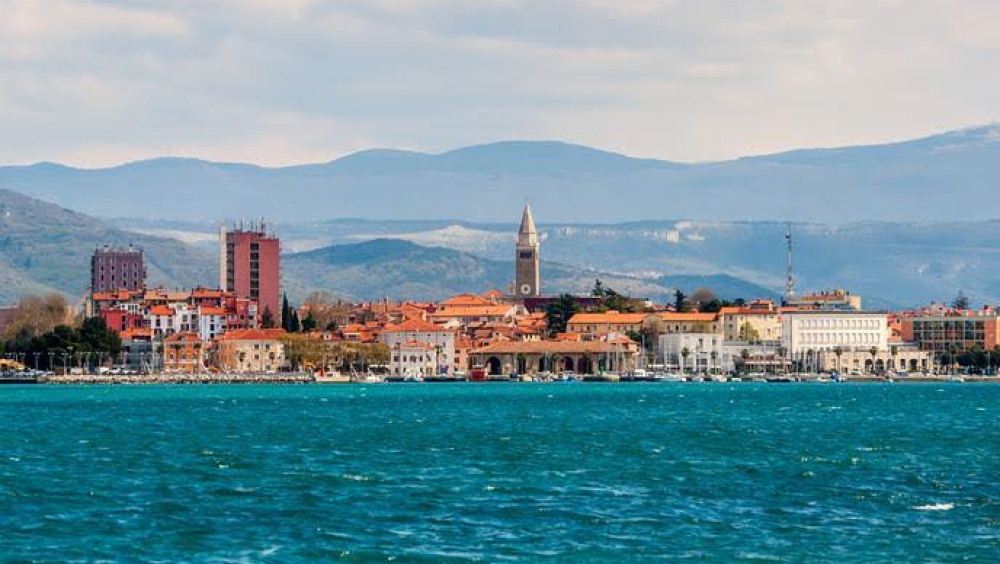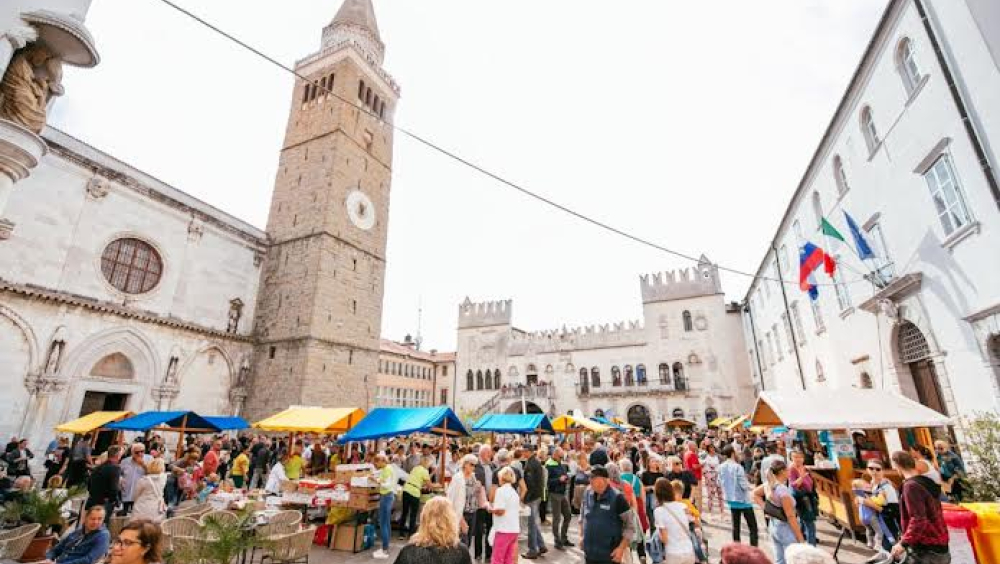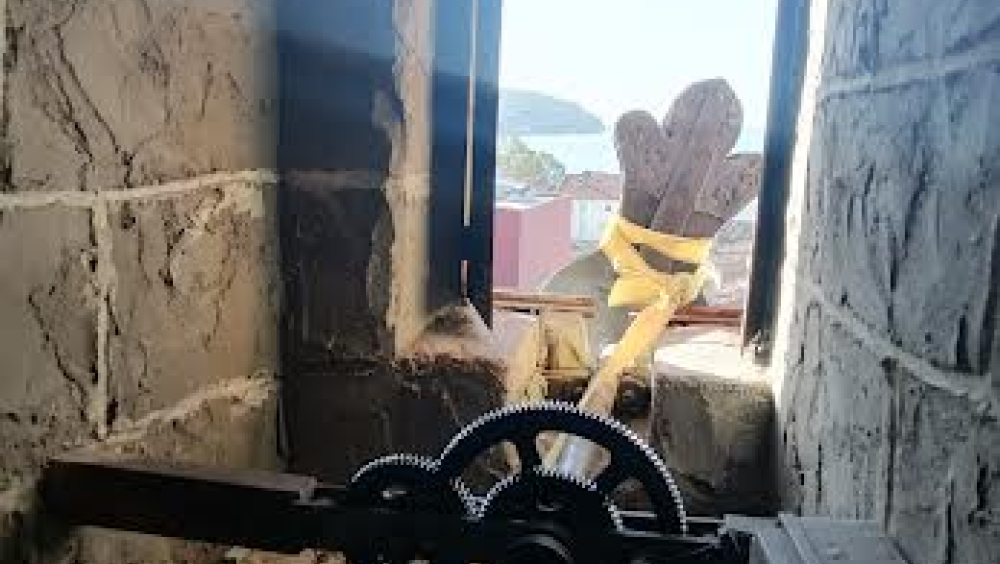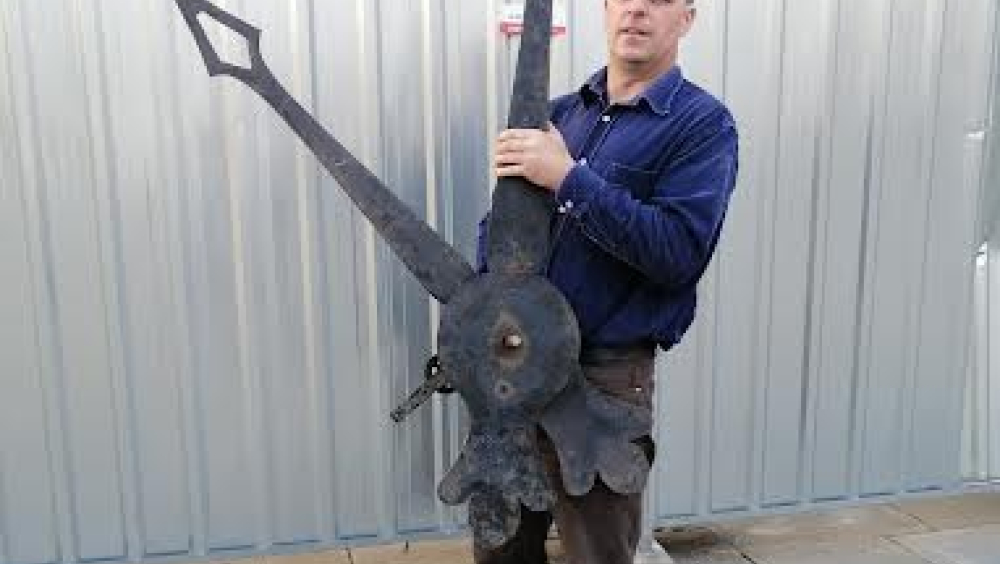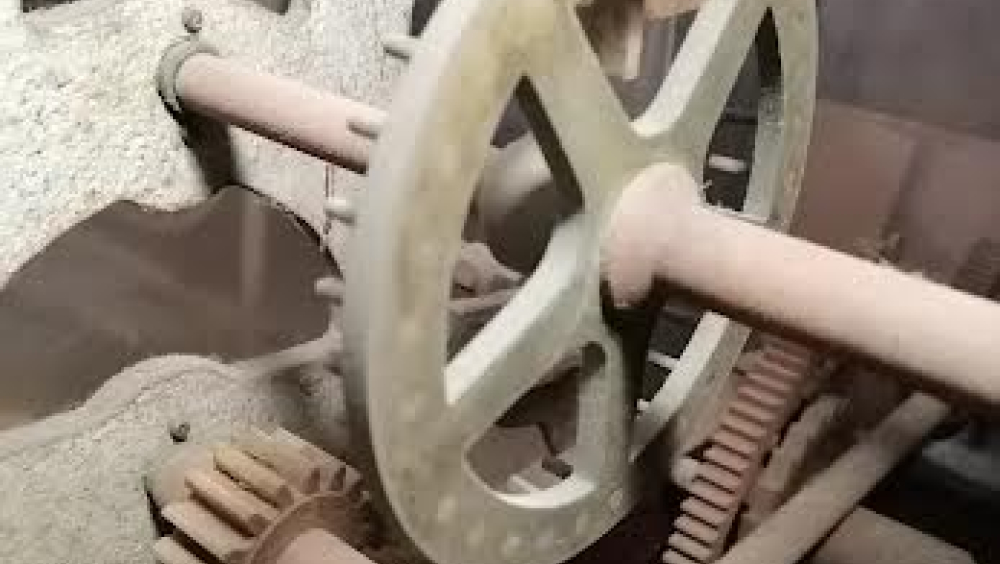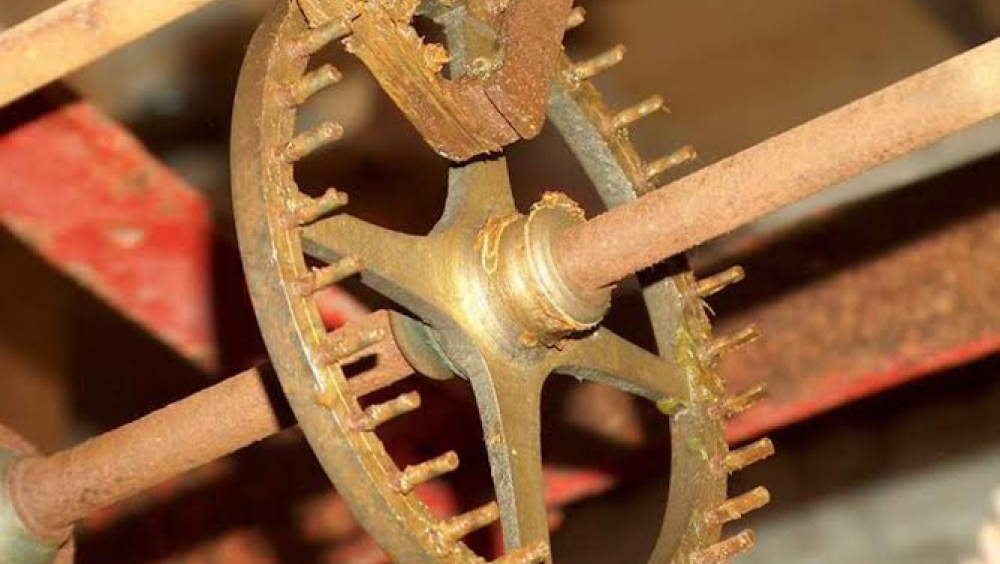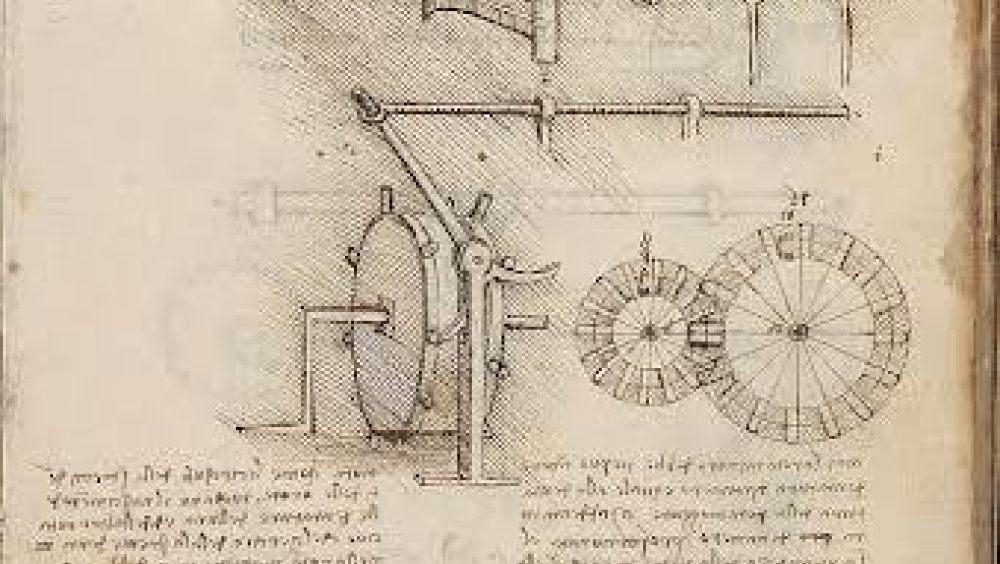TIME IS A MOVING IMAGE OF ETERNITY - FOLLOWING THE ROUTES OF THE CLOCK TOWERS OF SLOVENIA
Ever since humans have lived on earth, at the intersection of human development, science, artistic mechanics and technology, skills related to the manufacture of time and sound measuring instruments have been used. It is a whole range of skills, which are separated according to the types of watches: large mechanical ones (they work on the drive of the force of gravity of their weight) or on water, wind drive; solar, public hours in schools, hospitals, airports, railway stations; and small clocks: movable house, free-standing, table, wall, pocket, hand... Some clocks have mechanically animated sculptures, a unique, European bright and exemplary example in Slovenia is the tower clock in the capital of our country: on the Magistrat in Ljubljana, the City Tower on Ptuj and Koper. Most of the large public clocks that are scattered around castles, churches, galleries, museums, city administrations have interdependent components - bells. These technical and artistic objects and their components as mechanical machines, for several centuries, according to the highest standards in Europe and the world, create mechanical movements, which can be seen in the squares, streets, on their public or individual dials, or heard when they emit sounds through the bells . Together, they form and represent typical musical-acoustic instruments of the sacred, profane, urban and rural areas of the Slovenian landscape: Slovenia is the first and only country in the world with the most tower clocks and bells per km2 of its surface.
After the independence of the Slovenian nation, after so many centuries of subjugation, a lot still needs to be done to increase the self-confidence of the Slovenian nation, so that we are at least equal to others, as we were in the field of time measurement with the great Central European nations from the 14th century onwards.
On the sea coast of our country, in the city of Koper, the City Tower boasts a unique treasure trove of knowledge in the fields of engineering, physics, mathematics, social science, history, astronomy...: the old tower clock. Most of the components are cast from iron and are forged, turned, filed, rough or finely polished. The pointers, some of the axes and shafts and the dial on the outside of the tower are made of wrought iron, treated with the burnishing technique - authentic, dating back to the middle of the 15th century. The construction itself with the architecture of the mechanism fully represents the first machine of mankind - the tower clock: it is installed in the tower of the church of St. Andrew in nearby Chioggia, near Venice, Italy (This clock, for which we have archival evidence of its first mention in 1387, is a world tourist attraction, it is also used for scientific and research purposes, the interested public, professionals, schools, visitors come from all over world). The Koper mechanism is the work of an Italian manufacturer, the Frassoni brothers from Rovato, where from the 14th century until 1937, they were only engaged in the production of the most prestigious tower clocks for the buildings of municipal buildings, castles, churches, cathedrals, initially throughout Italy with an annual rate 1 tower clock for all employees in the company. By 1925, the company had built over 2,000 clocks. From 1925 to 1930 alone, around 250 clocks were produced and set up for the entire area of Italy. Throughout the past centuries, the Frassoni factory was the exclusive watchmaker for the Vatican and a supplier for: Italy, Europe, India, Belgium, Venezuela, Bolivia and Argentina. Their works - clock mechanisms - are mostly preserved and presented in various museums around Europe and the world. Frassoni's clock is the only one of its kind in Slovenia and as such represents an invaluable cultural heritage. According to archival data, the original large tower clock dates back to 1463. It was mechanically (automatically triggered) connected to the bells above the location of the current clock, which, in addition to their defensive and status importance, regulated city life, called people to worship, including municipal and city ones. it was here that the herald summoned the bourgeoisie and announced messages and proclamations of substates, work, rest, announced death, accidents, fires, storms, diseases and plagues, shipwrecks, fog and also the dangers of war. One of the bells is the oldest working bell in Europe, the world, dating back to 1333. The ringing can be set on the mechanical monthly calendar on the watch for the current or next month of each year, thus covering sacred, holy, holiest holidays and events, as well as profane - rural, economic, protocol, trade... dangers of an approaching enemy. The Koper mechanism also has the mechanical and structural features of the astrolabe as a multi-calendar of phenomena related to the moon, the sun on earth and the sea, which are not fully preserved, or functional as in the case of famous and world-famous astronomical clocks around the world (Milan, Paris, Strasbourg, Prague...). Based on the jewelry and fine mechanical restoration work carried out so far, a hand-carved date with a description was discovered on the plate of the pendulum drive - in the form of numbers: 1320 - 1927 (the type of clock mechanism from 1320 is used - which is considered the first machine of mankind - tower clock type in Chioggia, Italy, first archival reference: 26 February 1386). The pendulum is called isochronous, compensating, and the pendulum spring is made by the process of casting and final shaping on goldsmith's rollers - goldsmith's roller machines (the first sketches were made by Leonardo da Vinci and are publicly published in Codex Madrid I and Foerster I, II) for the design very rare metal in the world: beryllium, which is considered one of the most resistant to movement/oscillation, tearing, and improper handling is carcinogenic. The city tower in Koper is currently being completely renovated and will be open to visitors this May. Tourists who come to Port of Koper (Luka Koper) on large ocean liners from all over the world are only a few steps away from this 2nd most visited point on the Slovenian coast. During this season alone, the Tourist Organization of Koper expects approx. 40,000 visitors to this tower alone, and inside it they will see this world-famous clock and bells.
The program/story of the FOLLOWING THE ROUTES OF THE CLOCK TOWERS OF SLOVENIA (»Po poteh stolpnih ur Slovenije«) project is included in the central tourist program To a better place ("Na lepše") on the state television TV Ljubljana and is broadcast once a month. The Slovenian Tourist Organization - I fell Slovenia participates in the project. Slovenian media, newspapers, radio and TV regularly report on the achieved results of work, restoration of clocks and bells for more than 20 years. There were also some very successful presentations in Croatia, Bosnia and Herzegovina, Austria (ORF), Germany, France, Switzerland, Italy as well as in distant America and Canada. Due to the international interest of the wider lay and professional public and institutions, the continuity of almost 30 years of domestic activities, cooperation with individuals and professional institutions in Slovenia as well as in Europe and the world only confirms that since we have lived on earth, humans have been and will be measuring time/sound and according to all laws and operating standards, this is the same/synchronized for all countries and continents of the world, otherwise the clocks in India, America... would show time differently than in Europe. The author of the story and restoration of all clocks, so that they once again tell the people the time and ring the bell: Samuel Kukovičič, master watchmaker and restorer. My email: skcubus@gmail.com. I am a permanent correspondent member for the largest watch organization in the world: NAWCC - National Association of watch & clock, Columbia, USA (stories from all over Slovenia are published publicly and there have already been almost 2 million virtual views).https://mb.nawcc.org/threads/koper-slovenia-adriatic-sea-near-italy-and-venice-at-the-central-city-tourist-attractions-the-city-tower.203656/#post-1664702
In the oldest city in our country, we have in Ptuj in the city tower of the Prafar Church of St. St. George with the longest mechanical pendulum on planet Earth. It measures 21, 4 meters in length, with a swing ball from an ancient era, weighing over 300 kg. The hourly mechanism is old, forged from 1687, type: Deadbeat PinWheel Escapement (type by international standardization: stationary snap mechanism considered the oldest machine of humanity. This large bell, almost 3 tons heavy bell was in 1705 in Celje in European Established Schneider Foundry and still ring every 15 minutes. All 4 heavy stone weights take 20 meters deep into the bell tower in one day, winding the clock by hand (cheering school children, students, tourists coming from more than 220 countries and continents world - only Eskims in Ptuj has not yet been hosted). In Ptuj, we have been proud of the tradition of jewelry and clock crafts since 1311. In Celje, we are most proud of the Counts/ Princes of Celje and their remains, especially the legacy of Queen Barbara Celje, who controlled more than half of Europe, was the wife of the Hungarian, German and Czech king and the emperor of the Holy Roman Empire Sigismund of Luxembourg. In 1459, in the book City Expenditure Celje, there are expenditure for watchmakers - the custodian of the city watch and the guard of the beer bell. From this period I own some authentic items that represent the foundations of Slovenian watchmaking/ goldfare and will be publicly presented and accessible for schools after completion (October 2024), tourists in our family watchmaking workshop (tradition of crafts from 1699 onwards) on Main Square 16/17, right at the Count of Celje and provincial ruler Andreas Hohenwarter.
